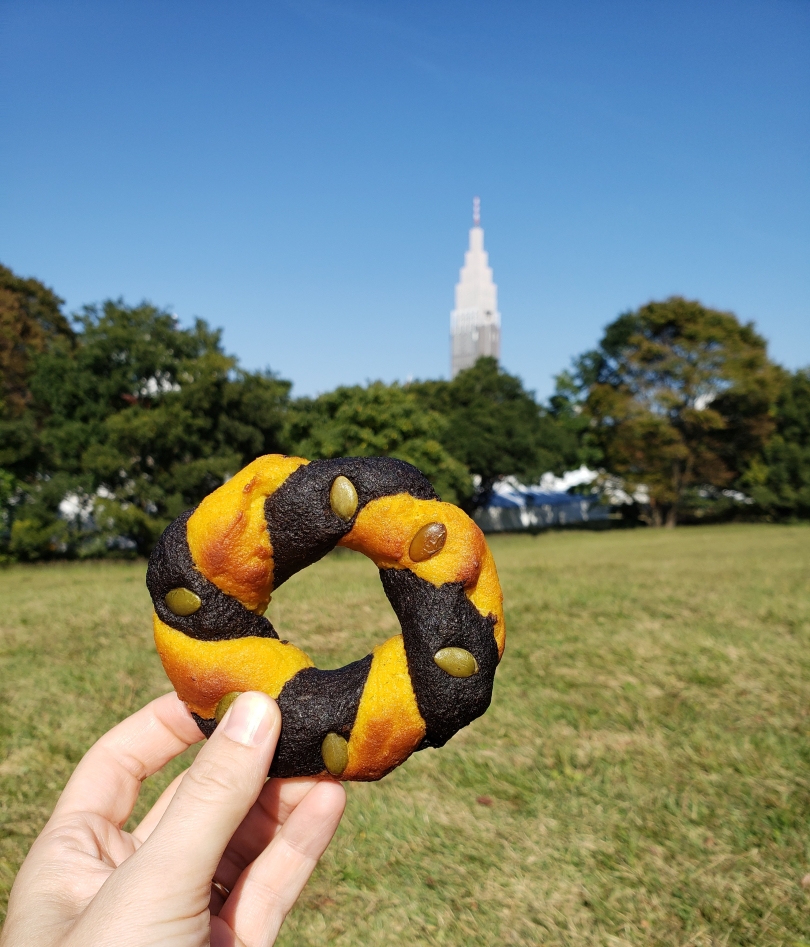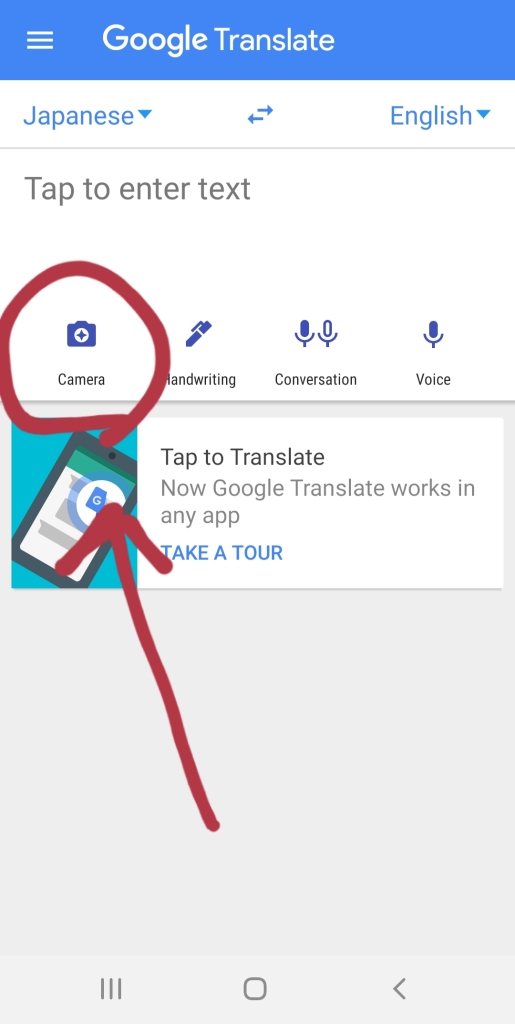Looking for some snacks to bring on your plum blossom or (soon) cherry blossom picnics?
We decided to do a few posts about snacking in Japan since so many people ask us about what is safe to eat in convenience stores. This is part one!
This post will answer some frequently asked questions, give advice on reading labels, and suggest some places to score GF snacks—unfortunately, convenience stores aren’t so “convenient” for celiacs.
FAQ
“What is safe for me to eat?”
First, you have to ask, are you ok with eating something that isn’t labeled GF? We understand that people avoid gluten for different reasons and will have different levels of “safety”. If you are uncomfortable eating anything that isn’t explicitly labeled GF, we recommend you scroll to our recommendations at the bottom of this post.
“How can I know something is GF?“

If you’re lucky enough to find a snack labeled gluten free, it will be labeled as グルテンフリー but this is very rare at a convenience store. One exception is SoyJoy bars; they are usually labeled gluten-free and should be safe as long as you’re not allergic to soy.
Many things are labeled “wheat-free,” but they still might be made in the same factory as wheat products. Even “GF-labeled items” are sometimes made in the same factory as wheat in Japan as there is not a clear labeling standard. This will be noted on a different section of the label, so check carefully if you want to avoid CC.

Barley, rye, and malt aren’t considered allergens, so they won’t be mentioned on the allergen label. More on allergen labeling.
“What if I can’t read Japanese?“
Google camera function can be your best friend if you don’t read Japanese. The camera scan function is especially useful.
If you can manage to memorize the kanji for wheat (小麦), it will definitely help you in many situations, including finding the allergen information on restaurant menus. While it might not help you always find what is GF, it will definitely help you determine what is not.
“Can’t you just give me a photo of safe snacks?“
We will give some photos and suggestions in Part 2, but the safest way to know for sure if something is gluten-free is to check the label each time.

We know: it’s not easy, but ingredients can change at any time without warning, so we can’t guarantee that the product we see today will be what you encounter tomorrow.
Snacking Tips
Bring food from home!

If you’re hesitant to snack on anything not explicitly labeled gluten-free, we strongly recommend that you bring some safe foods/snacks from home. This is even more true if you happen to also be vegan/vegetarian and/or have another allergy, such as soy, dairy, or seafood. These allergens will also be labeled, but your options will be reduced significantly.
You likely won’t regret having some of your favorite munchies with you. We both bring huge suitcases of stuff from home every time we go back (or beg our friends to bring us some) because the selection is so much better, and the prices are cheaper.
If you see something GF while in Japan, stock up!

If you see a favorite GF snack somewhere get a few to bring with you. Sometimes stocks can be very random or items, like rice balls, can sell out at popular times.
Learn some survival Japanese before you come.
It can be overwhelming in Japan if you don’t read and speak Japanese. Many labels do not have English. We mentioned wheat, komugi, above, but a few other words and kanji are also useful:
Mizuame, usually written as 水飴 or 水あめ, can contain barley or malt. It is found in many items, especially sweets, but even things you might not expect like sliced ham. That means you’ll want to be cautious eating just anything labeled wheat-free. Note that this can also be true of many low-allergen menus.
Some types of vinegar can contain gluten. This is why many people avoid sushi in Japan too. There are many different types of vinegar, but if you see the kanji 酢 (pronounced Su or Zu) it might not be safe.
A couple more ingredients that are questionable are starch (澱粉 pronounced denpun) and yeast (酵母 pronounced koubo or sometimes as イースト). If you want to err on the side of caution, you might avoid these ingredients.
Gluten-Free or Nothing!
If that’s you, don’t fret, there are places you can find snacks and foods certified gluten-free. Our map has hundreds of locations around Japan, including restaurants, grocery stores, and bakeries.




Gluten-free bagel from Saikyou no Butter Coffee in Yoyogi, Tokyo.
In addition to our map, there are a few grocery chains that often have a handful of GF products, but don’t expect the quantity of selection you might be used to at home. I will talk more about these in detail in another post, but some good places to search in Google maps when you arrive at your hotel:
Natural Lawson:
Natural Lawson is technically a convenience store, but it’s a fancy one, and you will notice it has a completely different product lineup. They often have GF crackers, ingredients, sweets, but the stock is always changing, so you never know what you’ll find. Some locations even carry gluten-free bread. Unfortunately, there still aren’t so many of these around Japan.
Kaldi Coffee Farm, Aeon Liquor, and other import shops:

Kaldi is one of my go-to shops for pasta, chocolate, and other random snacks and sweets they sometimes carry. Import shops are more likely to carry certified GF items, and the labels tend to be more reliable/standardized. Lately, other bigger Aeon supermarkets also have some gluten-free items, but this will depend on the particular branch. My local Peacock has been carrying this rice bread recently.

Gourmet/Specialty Grocery Stores:
Seijo Ishii and Meidi-ya often carry some GF items, but vary by branch. Seijo Ishii tends to carry a couple of GF breads too. Una Casita is also a small chain in the Tokyo area with a gluten-free and allergen-free section.

Natural/Organic Grocery Stores:
Natural House, Bio C’Bon, Kodawariya, and F&F are some of the more famous natural chains, but we often stumble upon other markets like these that are smaller and lesser-known, even in traditional neighborhoods and in the countryside. They will often have some GF ingredients and snacks available.

Don’t miss out on our next tips…
As you can see, we have a lot to say about snacks. The next post will focus on 7-11 since they have the most locations in Japan. We will include photographs of GF-friendly items that can usually be found not only at 7-11 but also at the most popular convenience stores and grocery stores. Subscribe to not miss out on these tips!
Something we left out? Something unclear? Let us know in the comments!







Thank you for bbeing you
LikeLike
I’m traveling to Japan in a few weeks, and your posts are one of the most comprehensive and anxiety-relieving things I’ve come across in my research! Thank you so much for writing them!!
LikeLike
This is great info. Thanks
LikeLiked by 1 person